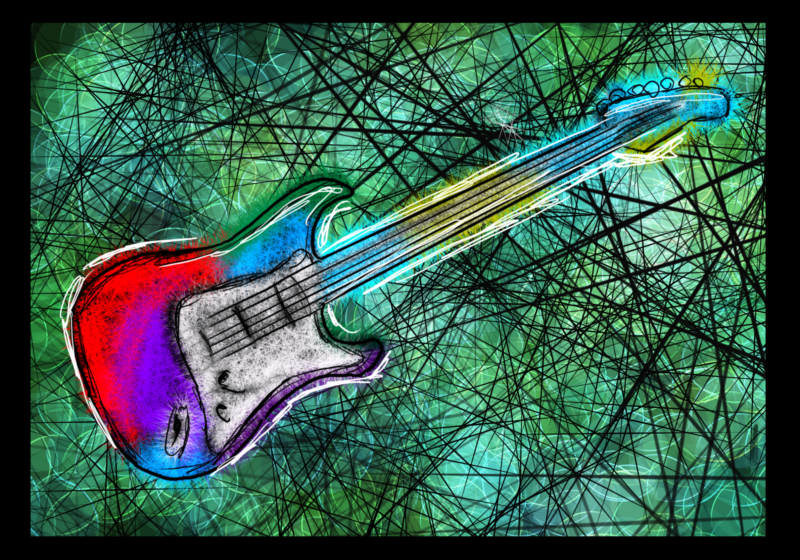The last time I visited my hometown, I found myself looking through some of my old arts and crafts from kindergarten. I soon came across a magnet I had made that had been on our refrigerator for as long as I could remember. The magnet features what looks like an orange dinosaur with a pointy tail and fire breath. However, I knew that this was no dinosaur. I had drawn a picture of the devil, and it had been on our refrigerator for sixteen years.
“Diablo” (Blizzard North, 1996) is the earliest video game I can remember playing. My dad would play it on the computer in the basement, and by the tender age of four, I was playing it myself (In retrospect, letting me play “Diablo” may not have been the wisest of decisions, but I have not developed any demonic tendencies—as far as I know). I love this game. It’s coated in a thick, viscous layer of nostalgia, and I enjoy going back and playing it from time to time. So, why now? Well, when looking for my next game to review, I ended up browsing through a few recent dungeon crawlers, and I figured that it might be a good time to open up this casket of nostalgia once again.
For the uninitiated, a dungeon crawler is essentially any game that involves, as its main gameplay source of gameplay, the exploration of mysterious dungeons. Key gameplay elements in the genre include combat against monsters and the acquisition of loot. The genre can be traced back to “Dungeons and Dragons” campaigns, and I would assume even further, though I’m no game historian. In fact, “Diablo” isn’t at all an early entry into the genre. It just happens to be the first dungeon crawler I played, and, as such, it’s my go-to example. Let’s discuss “Diablo” in a little more depth.
In terms of gameplay, “Diablo” might more fully be described as a hack-and-slash third-person dungeon crawler role-playing game (a bit of a mouthful). The player chooses from one of three classes: warrior (melee focus), rogue (ranged focus) and sorcerer (magic focus), though the game’s expansion includes a few more options. The game is set in the town of Tristram, which faced disaster when horrible monsters and foul demons suddenly began to emerge from the town’s massive cathedral. Many townsfolk have been abducted and massacred by the wicked force, and the king, who has gone mad, is nowhere to be found. You, the player, are one of the only warriors to return from a disastrous clash with another kingdom, and so you are the only one who can stand against the demonic forces that have risen forth. During your quest to annihilate the evil forces, you interact with townsfolk, listen to stories, find gold and items, manage your inventory and update your equipment, all while descending through the cathedral, catacombs, caves, and finally, Hell. The voice work, soundtrack and sound design are all masterfully done. They come together with the grim, painterly art style to give the game a colorful and gripping dark-fantasy atmosphere. The main RPG elements include leveling up (attribute points can be put into “strength,” “dexterity,” “magic” or “vitality”) and equipment management (finding items and discovering their traits is widely regarded as one of the most entertaining elements of the game).
All of these elements of writing, art, sound design and gameplay come together to make a game that I expect will long be remembered as a key entry into the dungeon crawler genre. Unfortunately, the game is a bit hard to come by, given its age. It was released for PC, Mac and PlayStation, but you might be able to find all sorts of modified iterations at this point. The main multiplayer mode is co-op, but again, good luck finding anyone to play with (although Blizzard’s Battlenet is still active).
I highly recommend this game to anyone interested in dungeon crawlers or dark-fantasy RPGs.
Brown is a member of the class of 2016.




